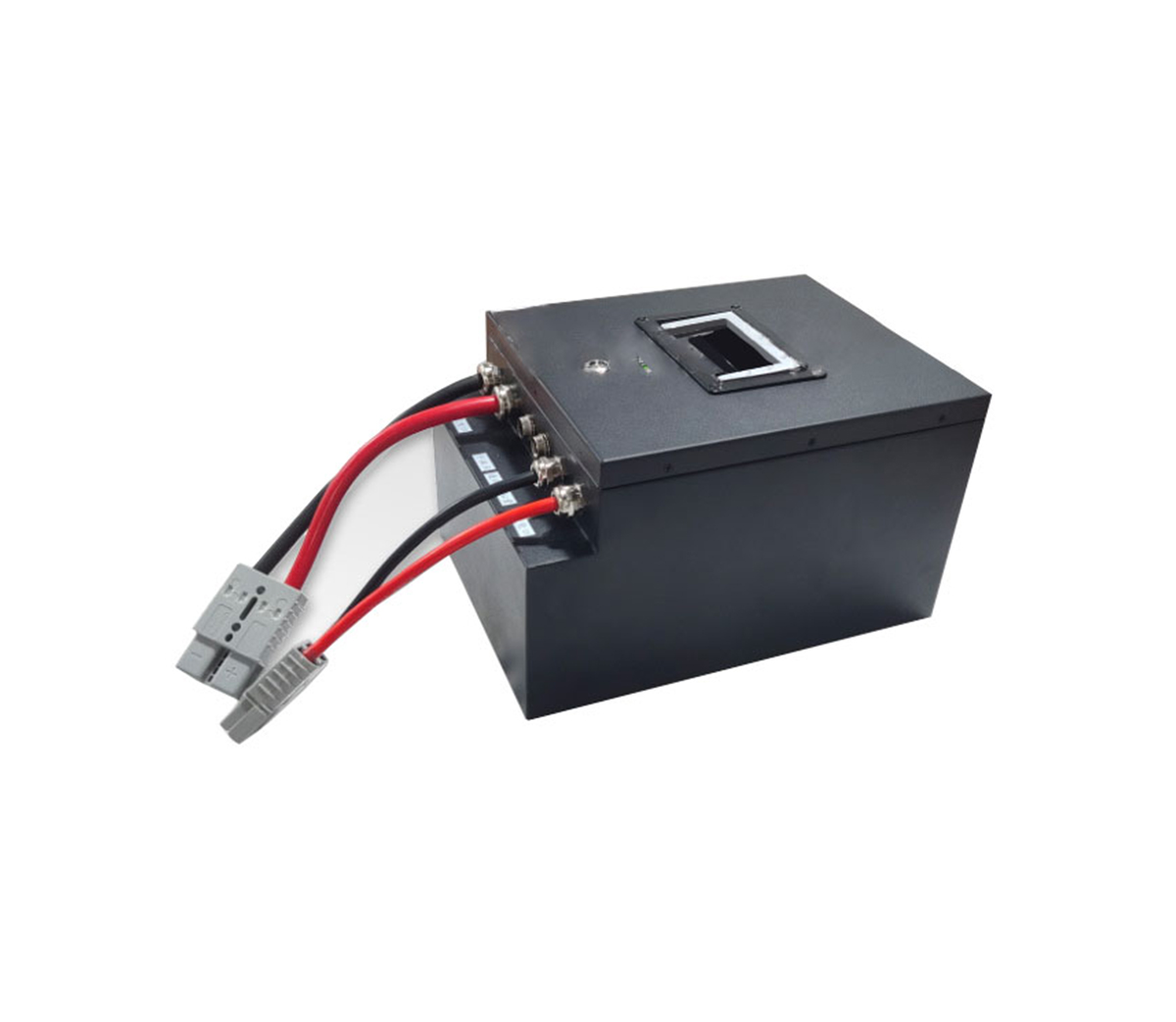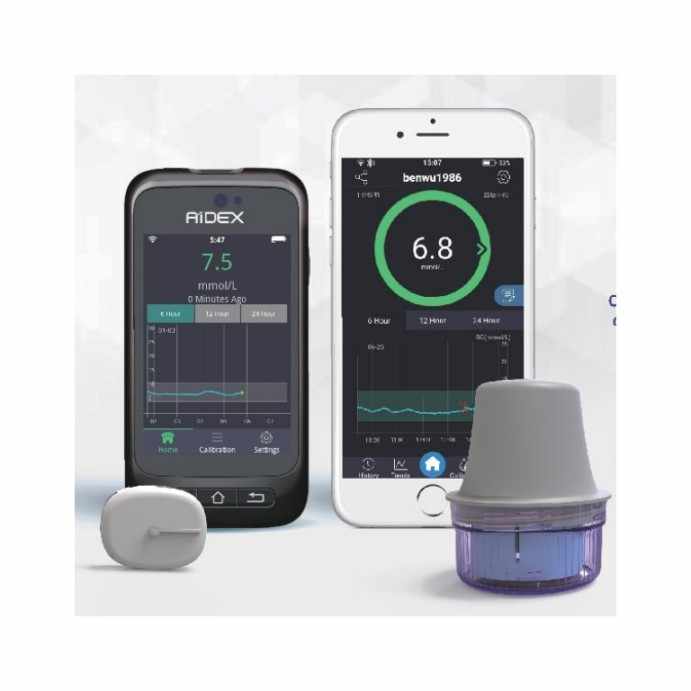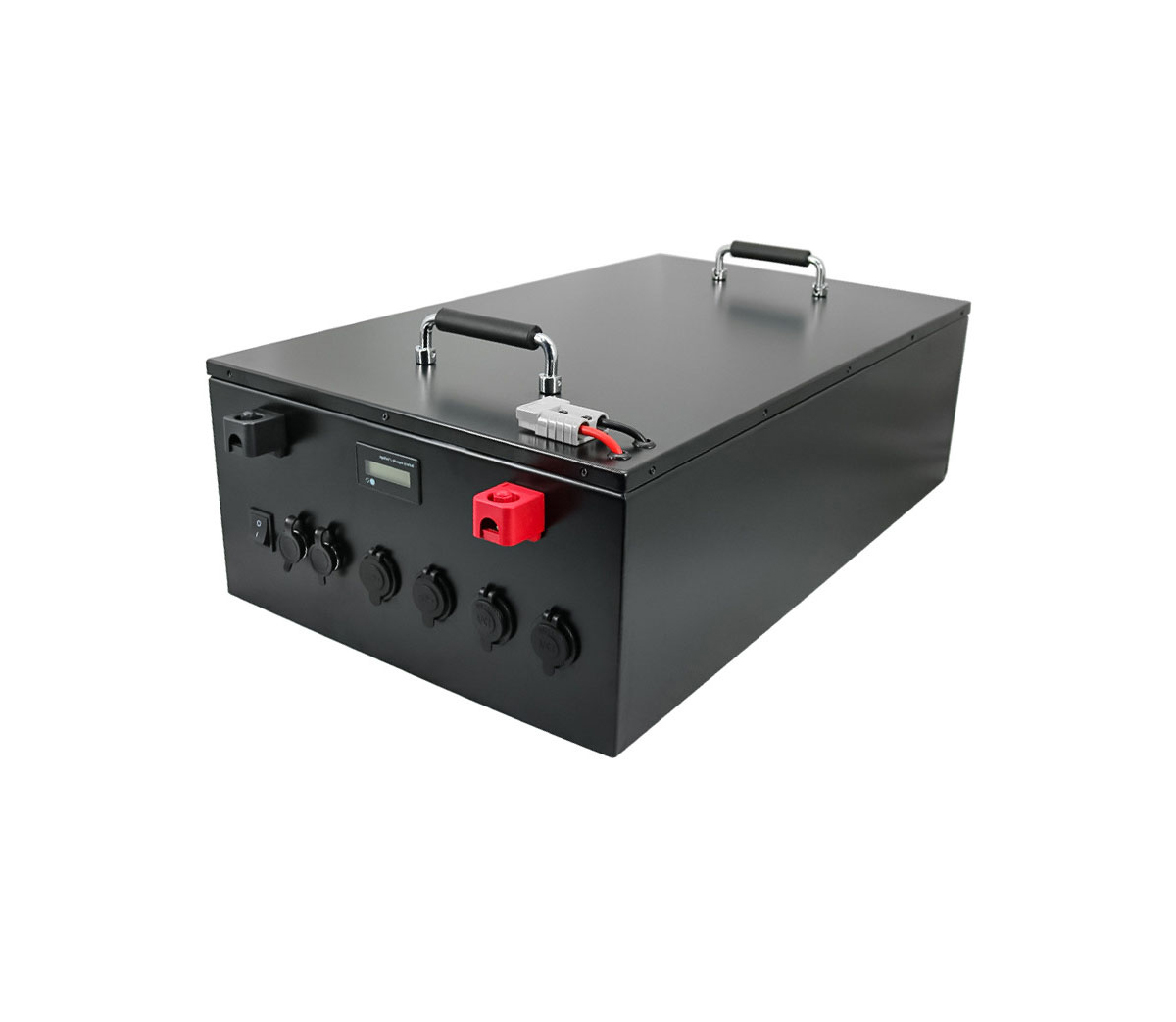
In order to provide sufficient voltage to the device, lithium battery packs
are usually made up of multiple batteries in series, but if the capacity
mismatch between the batteries will affect the capacity of the entire battery
pack. To this end, we need to balance the mismatched batteries. This article
discusses the concept of battery balancing and some considerations.
In order to provide sufficient voltage to the device, lithium battery packs
are usually made up of multiple batteries in series, but if the capacity
mismatch between the batteries will affect the capacity of the entire battery
pack. To this end, we need to balance the mismatched batteries. This article
discusses the concept of battery balancing and some considerations.
Lithium battery packs usually consist of one or several battery packs in
parallel, and each battery pack consists of 3 to 4 batteries in series. This
combination can simultaneously meet the voltage and power requirements of
notebook computers, medical equipment, test instruments, and industrial
applications. However, this commonly used configuration usually does not exert
its maximum effect, because if the capacity of a series battery does not match
other batteries, the capacity of the entire battery pack will be reduced.
"The mismatch of battery capacity includes state of charge (SOC) mismatch
and capacity/energy (C/E) mismatch. In both cases, the total capacity of the
battery pack can only reach the capacity of the weakest battery. In most cases,
the cause of battery mismatch is imperfect process control and detection
methods, rather than changes in the chemical properties of lithium ion itself.
Prismatic lithium batteries (LiIonprismaticcell) require stronger mechanical
pressure during production, and differences are more likely to occur between
batteries. In addition, lithium-ion polymer batteries will also have differences
between batteries due to the use of new processes.
Using battery equalization processing technology can solve the problem of
SOC and C/E mismatch, thereby improving the performance of series-connected
lithium battery packs. The battery mismatch problem can be rectified by
balancing the battery during the initial adjustment process. After that, it only
needs to be balanced during the charging process, while the C/E mismatch must be
balanced during the charging and discharging processes. Although the defect rate
of a battery manufacturer may be very low, in order to avoid the problem of too
short battery life, we still need to provide further quality assurance.
The definition of battery balance
Portable devices with a working voltage of 6V or above are powered by a
series battery pack. In this case, the total voltage of the battery pack is the
sum of the voltages of the batteries in series. The battery pack of a portable
computer is usually composed of three or four batteries connected in series,
with a nominal voltage of 10.8V or 14.4V. In most of these applications, a
single battery pack in series cannot provide the energy required by the device.
At present, the largest battery (such as 18650) can provide 2,000mAh
(milliampere hour) of energy, and the computer needs 50-60Whr (5,000-6,000mAh)
of energy, so it is necessary to connect three batteries in parallel for each
battery connected in series.
Battery balancing refers to the use of differential currents for different
batteries (or battery packs) in a series battery pack. The current of each
battery in a series battery pack is usually the same, so additional components
and circuits must be added to the battery pack to achieve battery balancing.
Only when the batteries in the battery pack are connected in series and the
batteries in series are equal to or greater than three levels, the battery
balancing problem will be considered. When all the batteries in the battery pack
meet the following two conditions, battery balancing is achieved:
1. If all batteries have the same capacity, then the battery balance is
achieved when their relative state of charge is the same. SOC is usually
expressed as a percentage of current capacity to rated capacity. Therefore, open
circuit voltage (OCV) can be used as a measure of SOC. If all the batteries in
an unbalanced battery pack can reach full capacity (equilibrium point) through
differential charging, they can be charged and discharged normally without any
additional adjustments, which are usually one-time adjustments. When a user uses
a new battery, he usually needs to charge the battery for a long time. This
process actually includes a complete discharge-charge. This process minimizes
the load and maximizes the battery charging time, reducing the requirements for
the battery balancing circuit.
2. If the battery capacity is different, they are considered to be balanced
when the SOC is the same. But SOC is only a relative value, and the absolute
value of each battery capacity is different. In order to make the SOC of
batteries with different capacities the same, a differential current must be
used every time the batteries in series are charged and discharged. Normal
charging and discharging time is shorter than the initial charging and
discharging, and requires more current.
When the batteries in the battery pack are unbalanced, its usable capacity
will decrease. The battery with the lowest capacity in the series battery pack
will determine the total capacity of the battery pack. In an unbalanced battery
pack, one or several batteries will reach their maximum capacity while the other
batteries still need to be charged. When discharging, the battery that is not
fully charged will be discharged before other batteries, so that the battery
pack will stop power supply early due to insufficient voltage.
Generally, the difference in capacity between batteries is less than 3%. If
a battery in the series lithium battery pack is not up to standard, or placed
too long before packaging, the voltage difference can reach 150mV after being
fully charged, which will reduce the total capacity of the battery pack by
13-18%.
SOC equalization processing
If all the batteries in the battery pack have the same capacity, we will
use the SOC equalization process. When the SOC values of all batteries are the
same, we consider the batteries to be balanced.
The state of charge of a single battery is defined as:
SOC=C/CTOTAL%
The capacity of a single battery is defined as:
C=(i×t)mAh
In order to determine the capacity of a certain battery, we fully discharge
the battery and then recharge it, and measure the current at different times
during the charging process until it reaches an open circuit voltage of 4.20V.
The SOC of the best performance battery in this state is 100%, and the OCV
voltage with a SOC of 50% is usually called VMID, and its typical value is
3.67V.
In order to charge batteries with different capacities to achieve the same
SOC, some batteries must be charged/discharged more than others, which must use
differential current. We call this process capacity/energy maximization.
Maximize capacity/energy
Maximizing capacity/energy refers to setting all batteries in series in the
battery pack to the same SOC, even if their capacities are different. Manage SOC
at all times to maximize the output energy of the battery pack. In order to
maximize the output energy, all batteries must be fully charged. That is, the
SOC of all batteries must be 100%. If the battery capacity is different, some
batteries will charge/discharge more than others. For example, suppose a battery
pack has three batteries in series, C1>C2=C3. The only way to balance this
battery pack is to apply a differential charging current to the higher capacity
battery (C1).
The same must be done when the battery pack is discharged. Otherwise, when
the battery with the smallest capacity reaches the cut-off voltage, the entire
battery pack will stop discharging, while other batteries still have remaining
capacity, which reduces the total capacity. In the long run, the battery with
the smallest capacity will degrade faster than other batteries, and will
accelerate capacity loss after multiple charge/discharge cycles.
By matching the voltage of the battery in series, more current will be
drawn from the high-capacity battery. When discharging, it is required to
consume some extra voltage through equalization. In the end, when all batteries
reach 0SOC, the total electric energy obtained from the battery pack will still
increase compared to before equalization.
Generally, the quality control of cylindrical lithium-ion batteries
(cylindricalcell) is usually better, and the difference in battery capacity does
not exceed ±3%. The input capacity is basically relatively accurate, and the
difference does not exceed a few mAs (milliamp·s). Therefore, the absolute value
of the battery capacity is basically accurate, and the difference in SOC is
within a few percentage points.



































